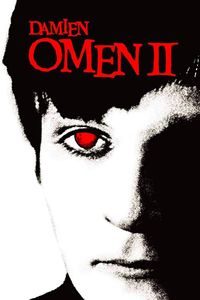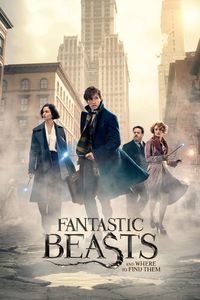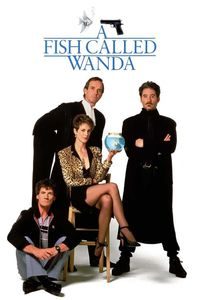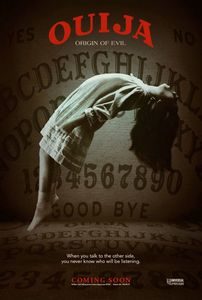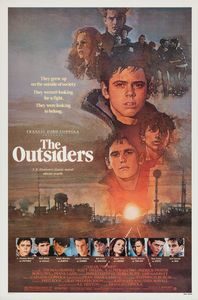(On Cable TV, August 2017) I gave 3000 Miles to Graceland a pass when it first came out, discouraged by the terrible reviews and probably captivated by some other film (let me check … ah yes: Monkeybone came out that weekend, followed in the next few weeks by The Mexican, 15 Minutes, Enemy at the Gates and Memento, all of which I saw at the theatre). Sixteen years later, the film is not quite as bad as I thought it would be. Part of it, I think, can be explained by Tarantino fatigue dissipating—3000 Miles to Graceland is a very stylish, very violent road movie, and writer/director Demian Lichtenstein seems eager to work in more or less the same stylized criminal comedy subgenre that had movie reviewers burnt out by 2001. Here in 2017, the thought of an unseen Tarantino-esque film can be interesting because there are comparatively fewer of them being made. It’s no accident if 3000 Miles to Graceland is far more interesting in its first half-hour than the sometimes-grating hours and a half that follows: It’s also the most deliberately stylized act of the film, the one that most closely apes the exuberant crime comedies of the time. That casino shootout is bloody fun (helped along by a bouncy turn-of-the-century techno soundtrack) and the way some characters are abruptly dispatched gives a welcome initial sense of unpredictability to the film. Kurt Russell is instantly likable as the anti-hero, while Kevin Costner does push his persona outside his comfort zone by playing an irremediable villain. (Compare and contrast his performance in 2016’s Criminal.) Courteney Cox is sexier than expected, while the unexpectedly good cast is rounded out by familiar faces such as Christian Slater, Kevin Pollak, David Arquette, Jon Lovitz, Thomas Haden Church and Ice-T. The best moments of the film have a good rhythm to them. But then the film goes on, and on, and on, becoming steadily more ordinary along the way. The promising Elvis-themed casino heist becomes a revenge road movie with awfully convenient plotting, with the stylishness and unpredictability flying away in the distance. There is, in the end, a lot of wasted potential—and even clinging to what works or almost works in 3000 Miles to Graceland can’t quite save it from mixed feelings.

